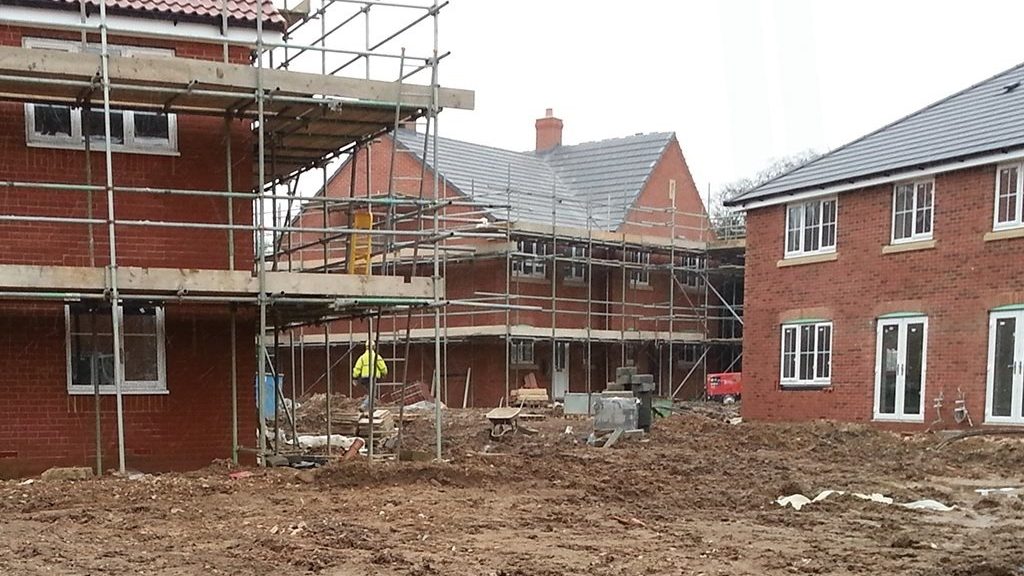
Extra Costs Associated with Sound Test Failure
Extra Costs Associated with Sound Test Failure
If you have a new and/or conversion residential project you are usually required to undertake Sound Testing, this demonstrates that the performance of the party wall and floor partitions meet the standards as stipulated in Building Regulations Approved Document E.
Unfortunately, many developers and builders often have to undertake expensive remedial treatments by underestimating the requirements of Building Regulations Document E which results in Sound Test failures

There are two key considerations when designing separating walls and floors to achieve the requirements of Approved Document E and avoid costly Sound Test failures.
- Direct Sound Transmission – This is sound that travels directly through the separating wall and/or floor from one room to another.
- Flanking Sound Transmission – This is sound that bypasses the separating wall and/or floor, via a weak junction element such as external wall, floor or ceiling detail. It is worth noting that sound flanking can lead to sound test failure even if you have a robust separating wall and/or floor specification.
Three Ways to Increase the performance of separating walls and floors
- Mass – The greater the mass per unit area of the wall or floor, the less it will vibrate in response to sound waves thus less sound energy is radiated.
- Absorbing Porous Materials – materials such as acoustic rock wool are used within cavities in separating wall and floor structures to reduce mid to high frequency sound energy.
- Vibration Isolation – This is the reduction of structure-borne sound and vibration by the use of resilient materials such as acoustic membrane to separate materials and form independent structures. For instance the introduction of a floating floor would isolate the floor surface from the rest of the structure and reduce the vibration transfer of footfall noise.
How we can help you avoid sound test failures
During early design and construction process, we visit site to conduct a comprehensive acoustic design survey and review, we also take this opportunity to meet; where possible, the site/project manager, architects etc. The first stage of the acoustic design is to send through the design drawings – to include sections etc. We then review the design to check that the construction details proposed are capable of passing the sound tests. This usually takes place straight after planning has been approved as increased cost savings can be realised at the earliest stage, we will evaluate the construction methods and materials specified to ensure that they are capable of meeting the acoustic requirements of Approved document E. The typical areas we check are:
- There are no flanking points, where isolated partitions are wrongly mechanically fixed together to caused noise bridging.
- The walls and floors design are acoustically robust, to comply with Building Regulations Part E.
- The acoustic treatments for Soil Pipes, Stair Cases Steel Beams etc. to ensure they are acoustically fit for purpose, as these are some of the areas that get usually missed.
- Acoustic floor treatments are compatible with the proposed floor finishes i.e. Carpets, Laminates, Floor Tiles and under floor heating systems.
Also provide on-going design support service, so you will have direct contact with the allocated acoustician from the start of the process through to the successful completion of the project.
Avoiding Sound Test Failure
One of the most important services is the going site survey visits which allow our clients to feel confident about the outcome of testing at the end of the build.If you have a new project and you need help with your acoustic design and/or sound testing then please email us at: info@aptsoundtesting.co.uk or call us on 01525 303905. If you want more information on our full range of services please visit our website at: www.aptsoundtesting.co.uk